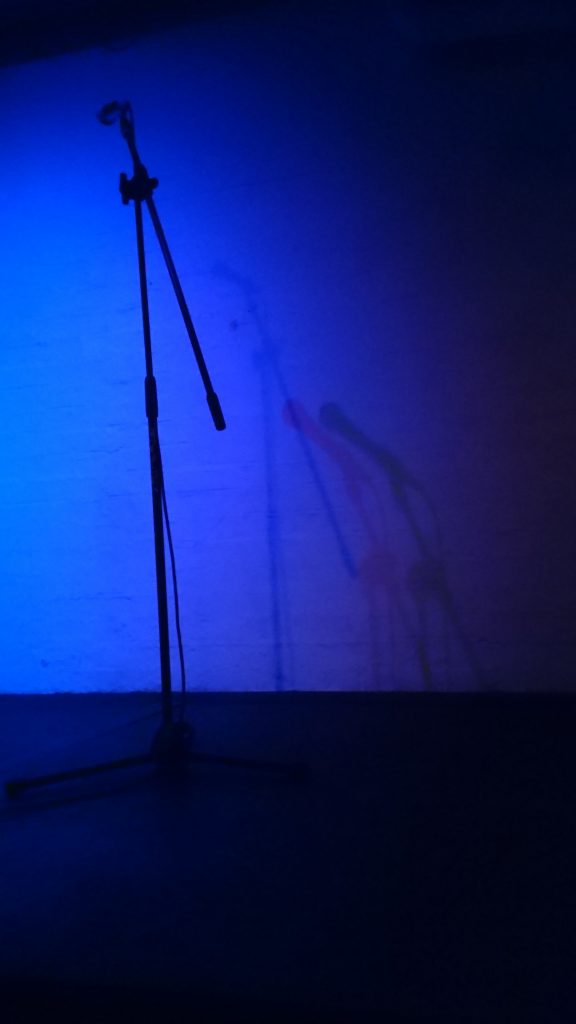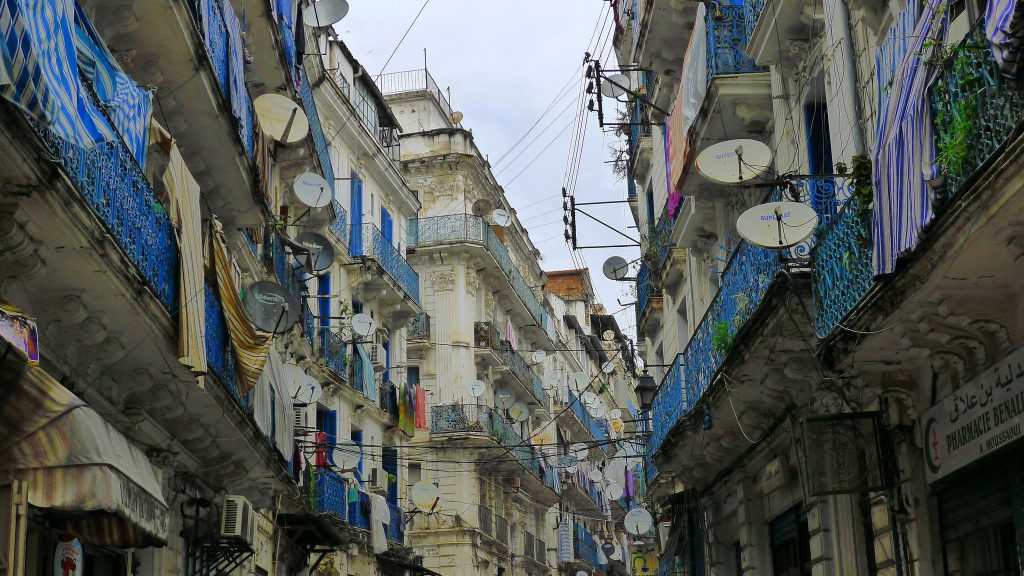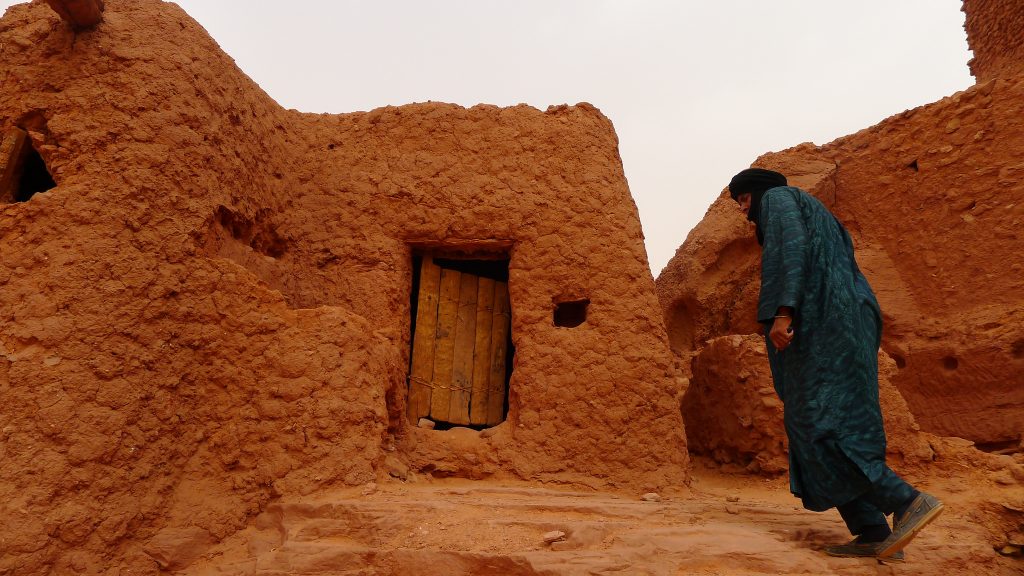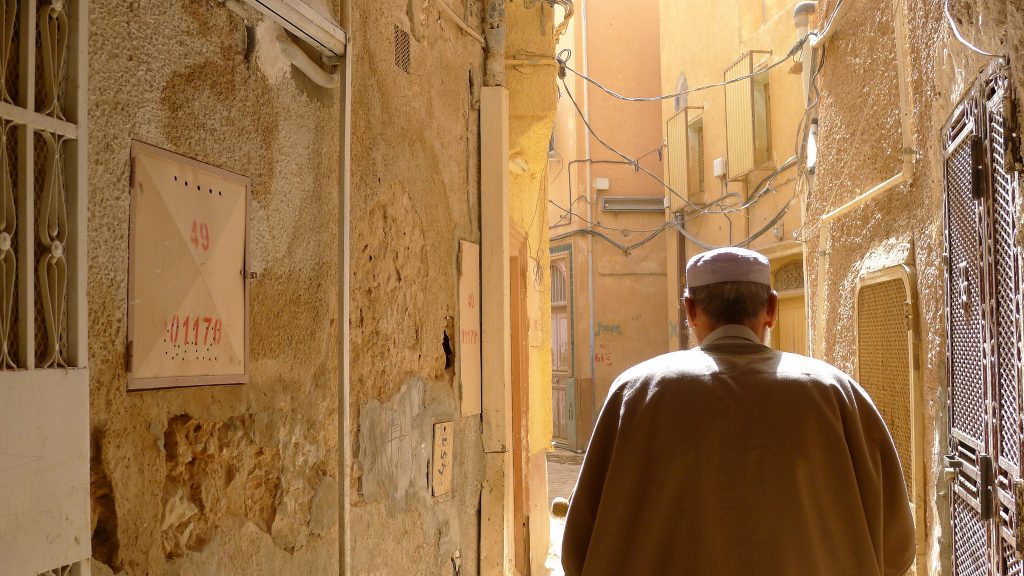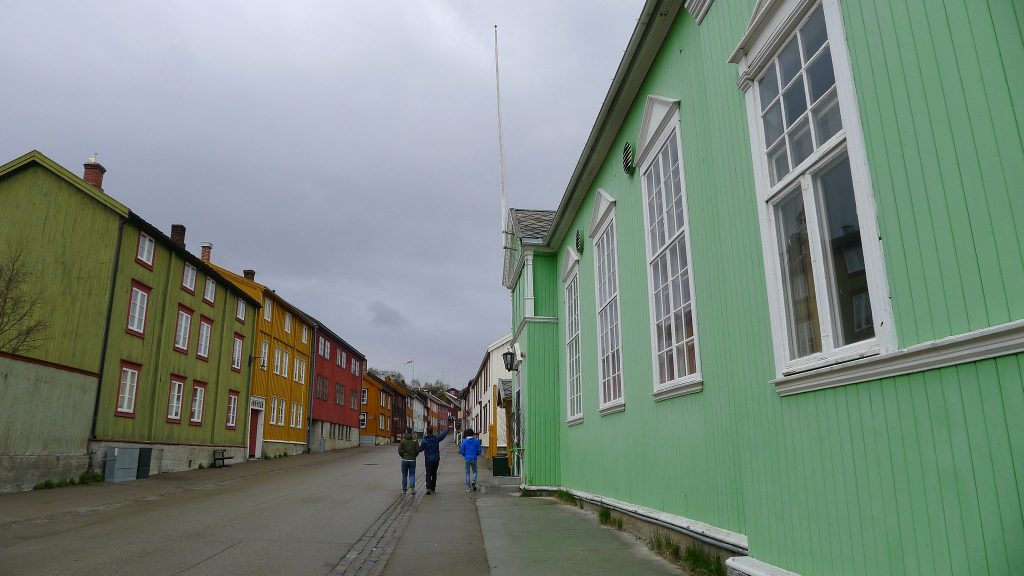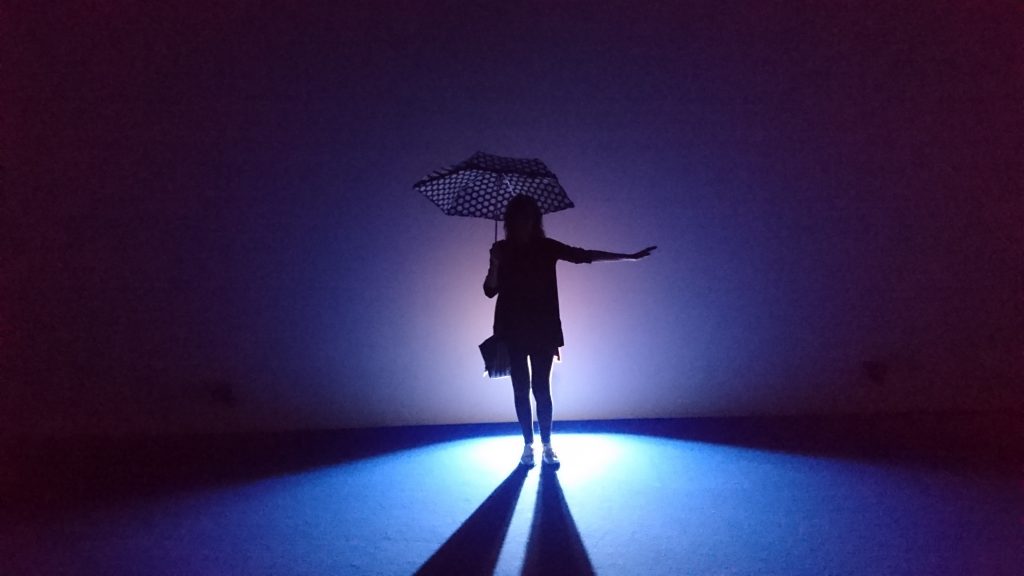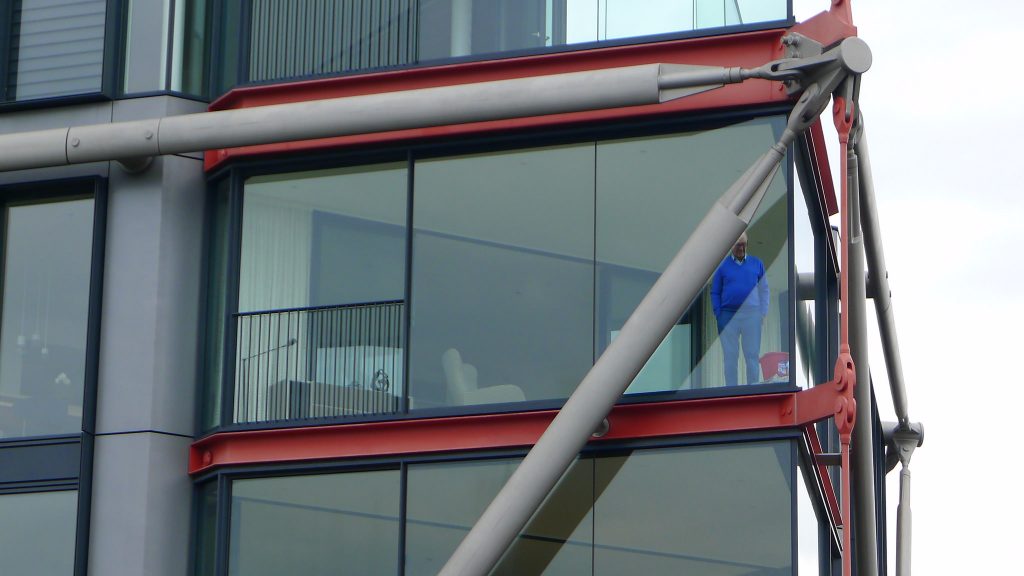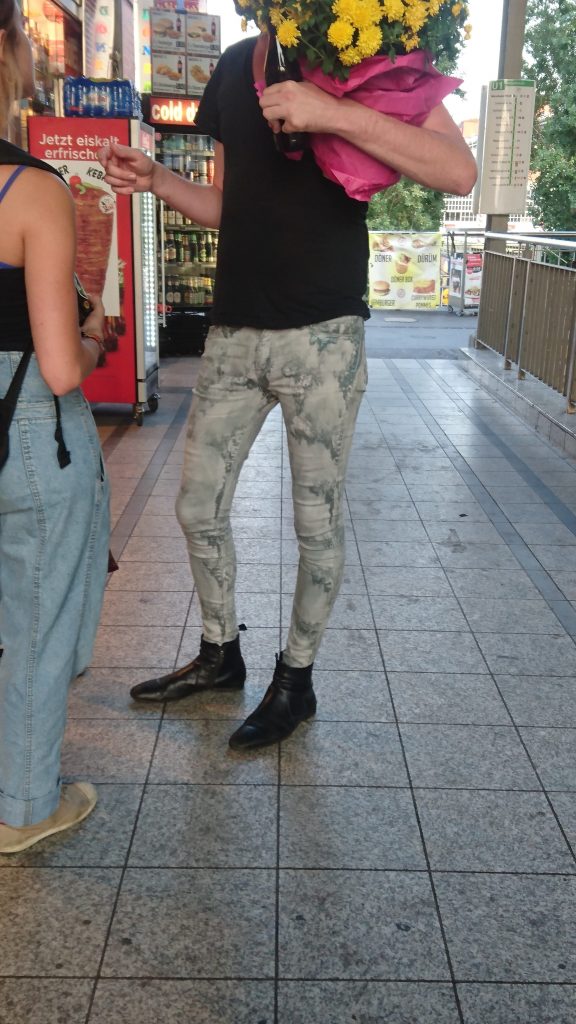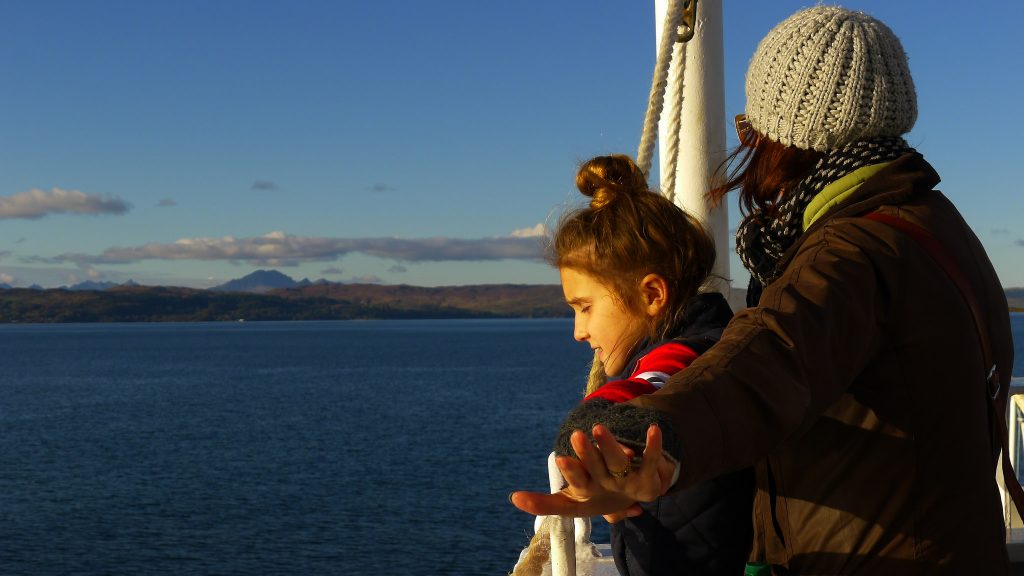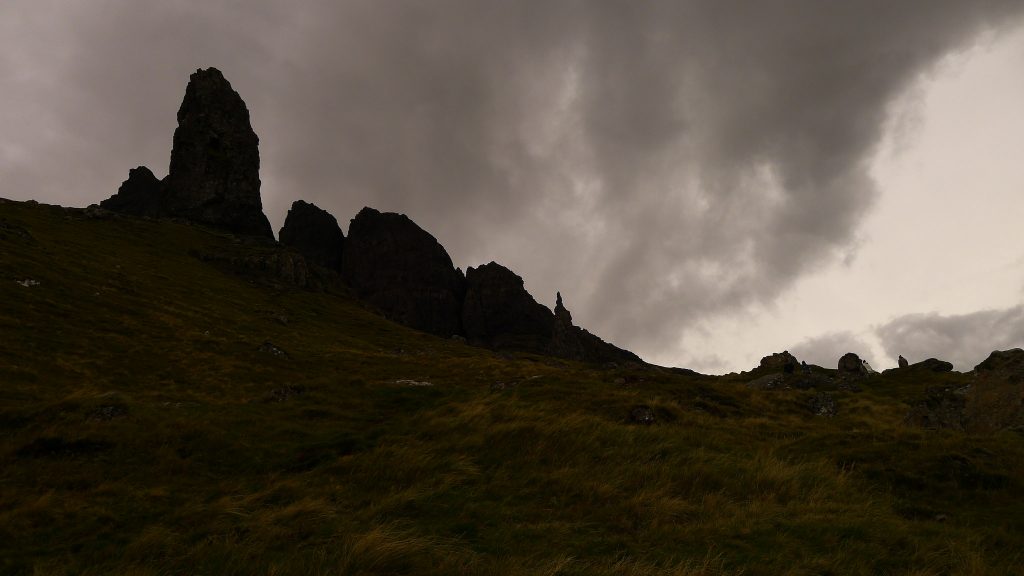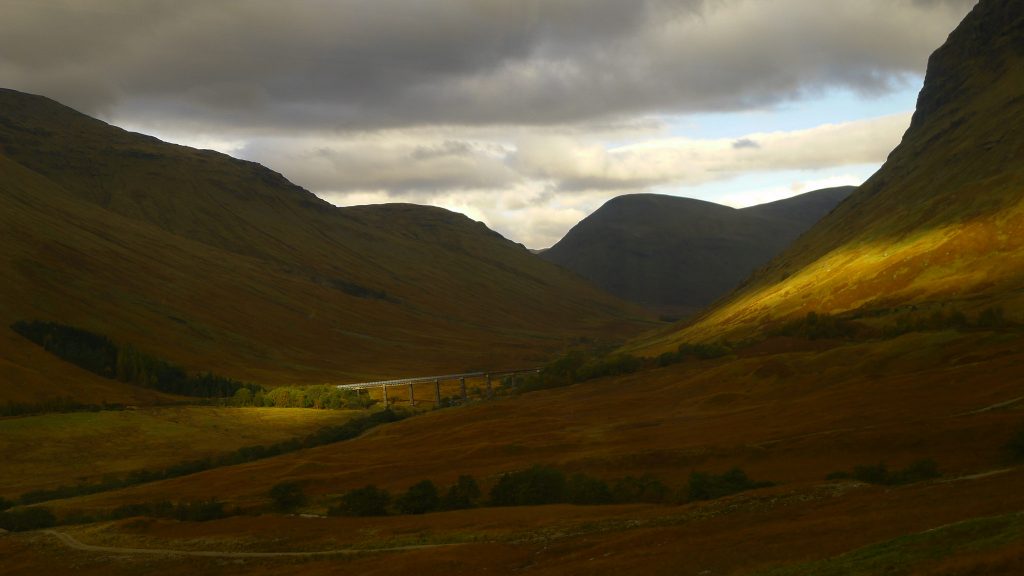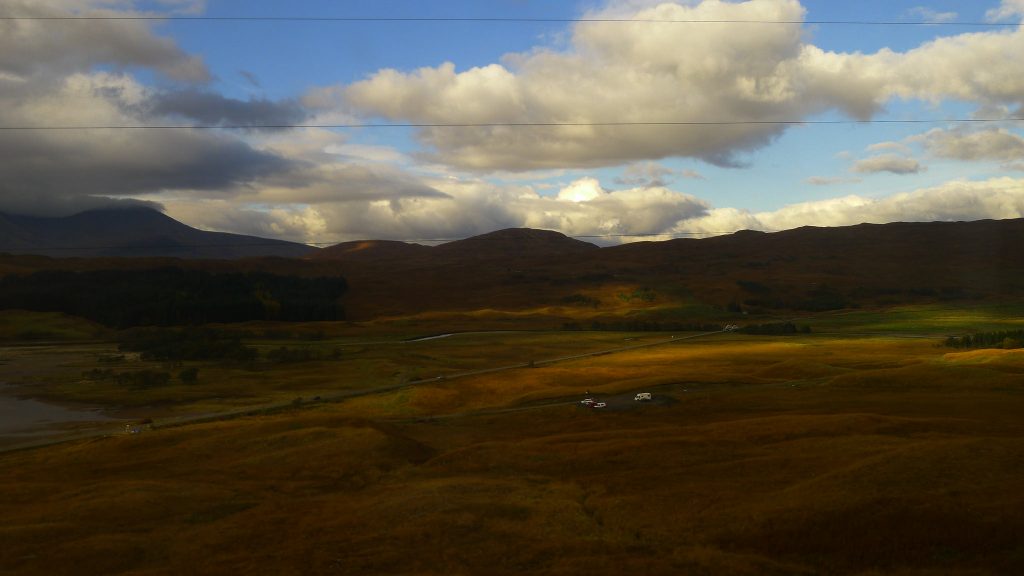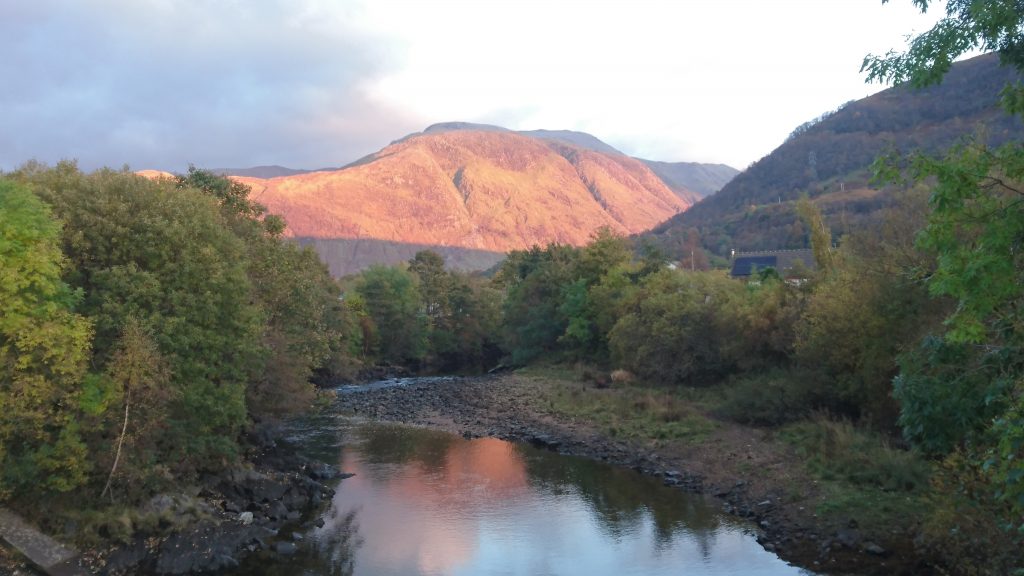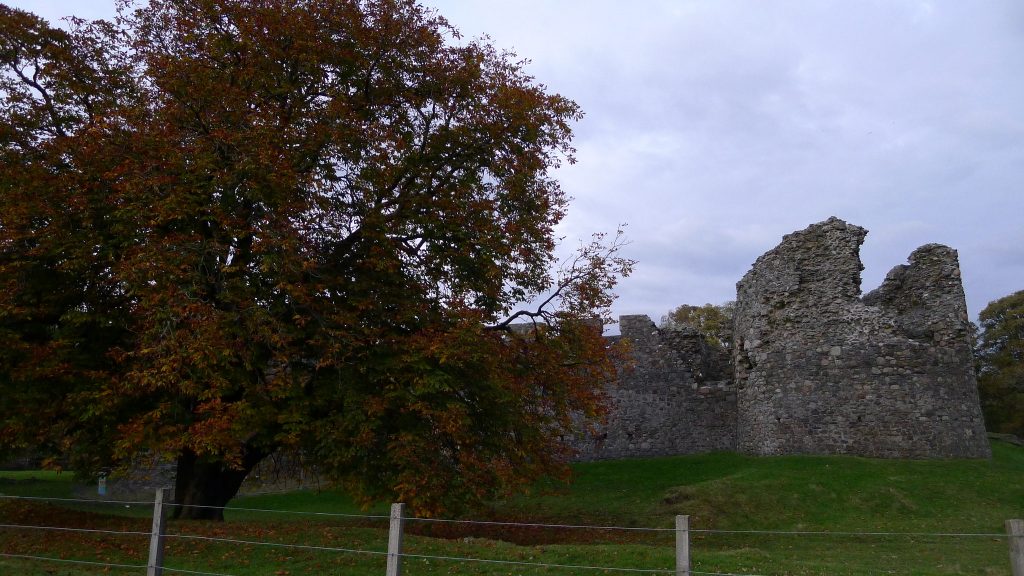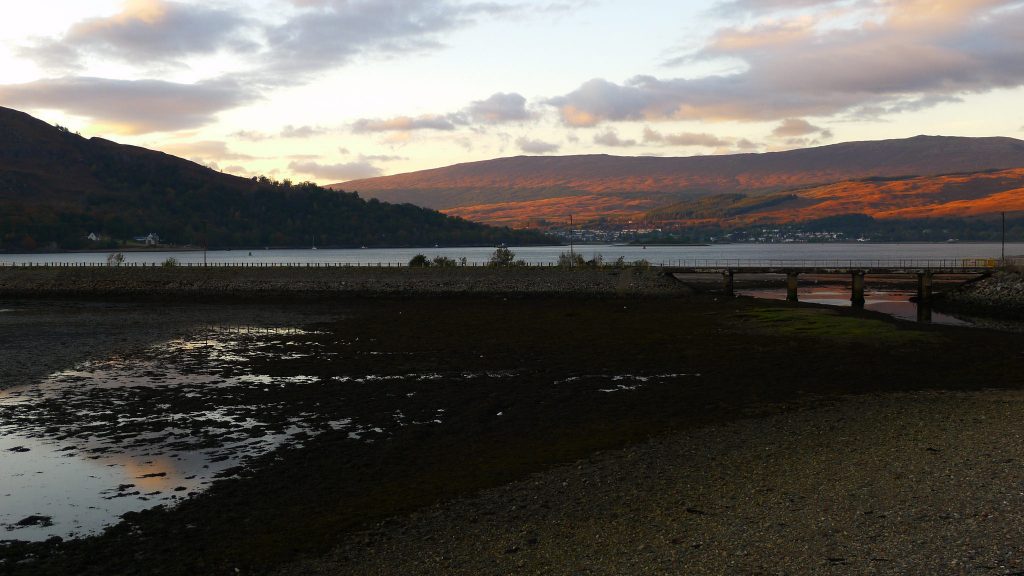Two thousand and sixteen promised us lots of futuristic things, but when they arrived, I got fed up of them pretty quickly. It seemed to be a year of hoverboards that didn’t hover, people doing selfies and strange orange-skinned men banging on incessantly. Photography is something good to hold onto. Photography can’t tweet at 3am.
The invisible Dot, now sadly closed, was a fantastic venue for comics to warm up for new shows or for new acts to get a food on the ladder. I saw Sheeps, Liam Williams, Kieran Hodgson, Joseph Murpurgo and many more there. No round up of my year would be complete without it.
Algiers is a wonderful assault on the senses. Jasmine, herbs, spices, barbecued meat, diesel and industry all fight to capture your attention against the sounds of cars beeping and police blowing their whistles for a purpose barely fathomable. At once, you are in the Maghreb, the middle east in outlook if not geographically and with French signs everywhere, you feel like you’re in Europe. The other places we visited in Algeria were very different altogether.
The Sebkha Circuit outside Timimoun was one of the most exciting things I have done in my travels. Getting to Timimoun itself was an adventure – after flying on a Turboprop for four hours into the Algerian Sahara, you land in a tiny airport and wait while the police do various things with your passport. Then you need to have a police escort to take you the ten minute drive to your hotel. Going on the Sebhka Circuit requires a police escort as well, but soon you forget them and their guns and focus entirely on the stunning beauty of the ksar (old castle) and the underground dwellings where people would store dates and seek sanctuary from the blazing sun. Even in April, the difference in temperature underground was significant. We were able to walk around the abandoned caves, drive across dunes, see our driver rescue the police escort when their 4×4 was stuck in the sand and have sand blown in our faces for an hour thanks to a mini-sandstorm.
The magical town of Ghardaïa exists thanks to an oasis. In fact, it is one of fiive hilltop settlements that have their own oasis to draw from. Ghardaïa has a relatively new town but the real draw is the ancient town, which you can only access with the help of a professional guide. Photography is permitted, but you are not allowed to photograph the women, dressed in a white veil with only one eye peeping out. They swap the eye in use around so they don’t end up ruining their vision. We stayed at what we assume was our guide’s summer house, which looks like something fresh out of Tatooine. On our second day there we were invited to a wedding, where men danced around, occasionally stuffing antique guns with gunpowder and firing them at the floor. We drank mint tea and shuddered at every gunshot.
In May I visited my friend Dave in Norway, and we went to the delightful small town of Røros. It was founded in 1644 and for 333 years was a hotbed of mining shenanigans when it wasn’t burning down. The town and mine seemed to be on fire a lot. Working in the mines would have been exhausting work, and the sub-arctic temperatures could hardly improve the moods of the workers, so the brightly coloured buildings of the town make perfect sense. There is a wonderful cluster of the oldest wooden buildings near the old copper mine. The copper works museum is full of artefacts and a model reconstruction of the works, showing men and horses deep underground. As ever, Norway stole my heart with its good looks and charm.
In the summer, just after Brexit, the will of the people opened up the Tate Modern extension. The building looks like a fortress and it suited the climate of the country. Luckily, inside it is a wonderland of modern art, with a new 360 degree view over London and those horrid flats on Bankside. A nation fed up of millionaires was able to glare directly into their sterile living rooms and gasp “it looks like a show home”. Tate Modern put up a tiny sign asking for resident’s privacy to be respected. It was in every respect, the art event of the year. Here, my friend Leanne is risking it all with an umbrella opened up inside!
Here is a man looking sad by a bucket in the horrid flats on Bankside. The Switch House viewing platform is another highlight of the Tate Modern extension.
One of the first photos I took when I landed in Berlin was this sneaky one of a man, wearing bleachers, drinking beer from a roadside kiosk, holding flowers. The relaxed atmosphere of Berlin is just one reason why I love it.
In October, we took the ferry to Skye from Mallaig. After a stunning train journey it made sense to take a beautiful ferry ride. This girl proclaimed that her pose was “a Titanic reference!”. Meanwhile, Skye rose majestically in the distance.
Words, photos and memories do not do the Old Man of Storr justice. A steep walk up slippy paths in ever-apocalyptic weather got me thinking I should look more at my footing, but every second spent staring at the rock formations was a second well spent. An ancient landslide caused the startling rock formations, visible for miles around and the height of 11 double decker buses. Breathtaking.

